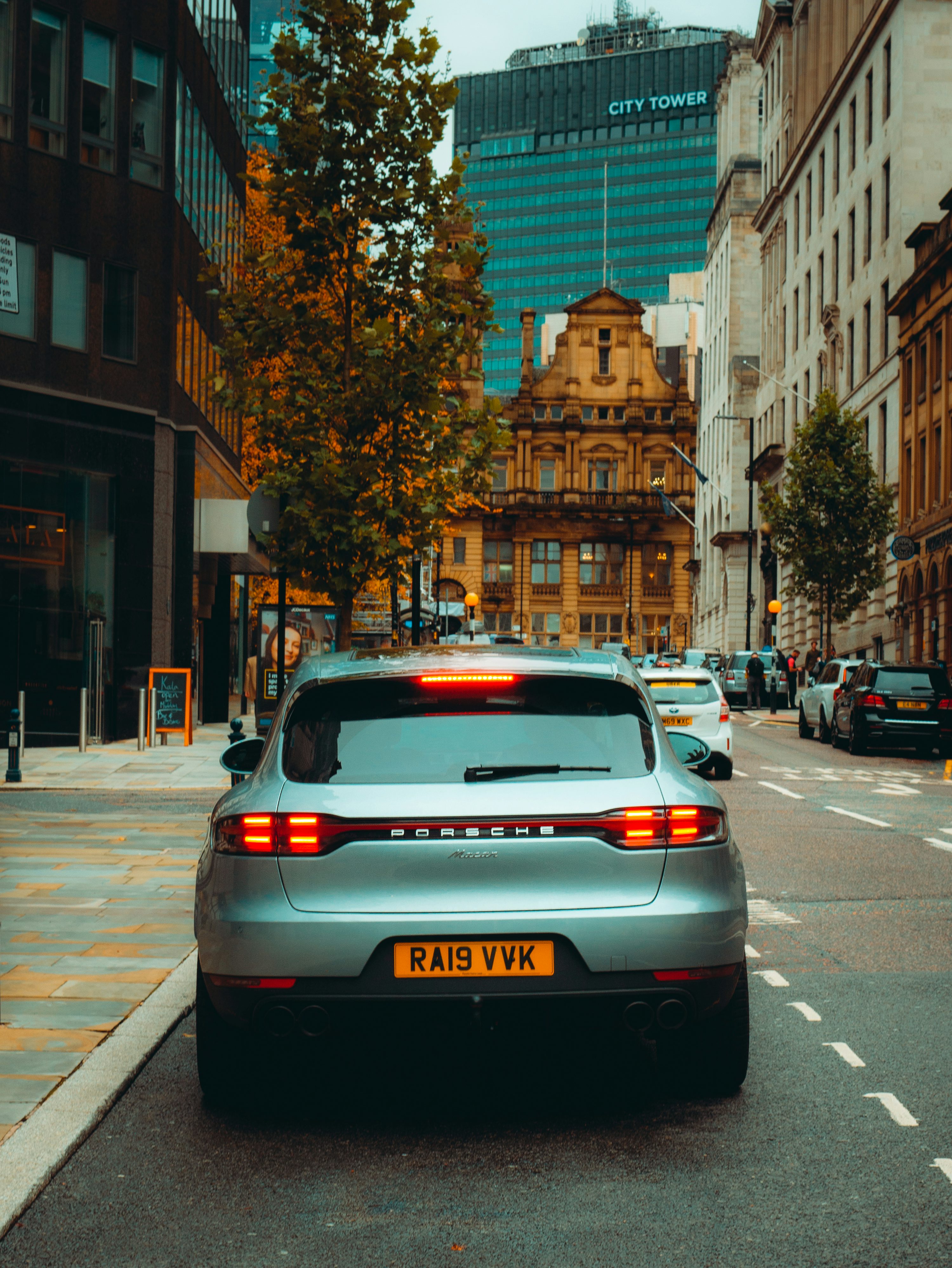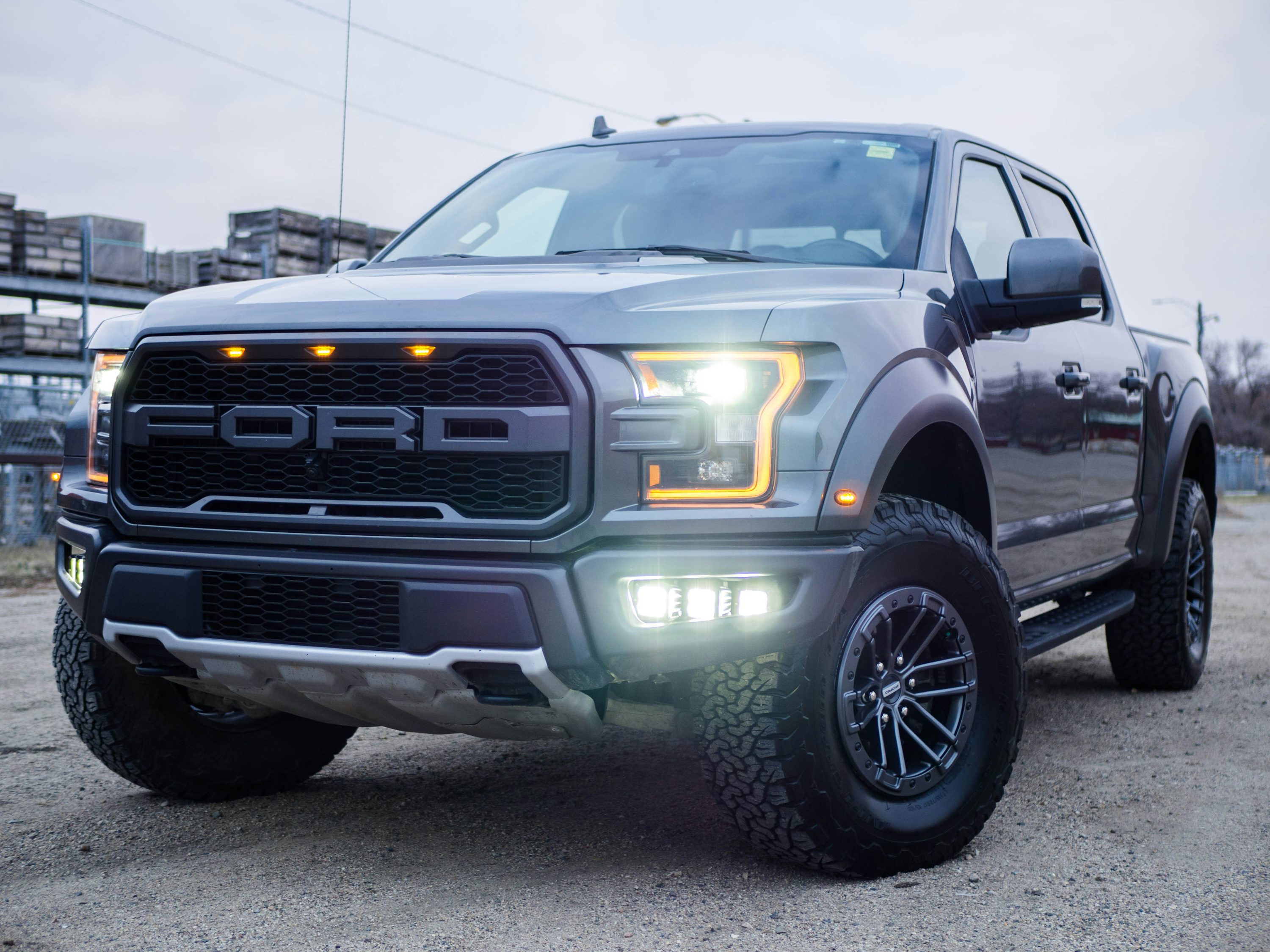- Maintaining a 2019 Car in 2025: Key Areas to Focus On
- General Maintenance for Long-Term Reliability
- Preserving Value for a 2019 Car in 2025
- Frequently Asked Questions
If you’re still driving a car from 2019 in 2025, you’re not alone. Many vehicles from that year remain dependable companions when given proper care and timely upgrades. This guide provides essential tips for keeping your older vehicle in great shape, ensuring it stays safe and relevant on today’s roads.
Maintaining a 2019 Car in 2025: Key Areas to Focus On
Even the best 2019 models need extra attention to maintain performance after six years on the road. Here are the areas that deserve your focus:
Outdated Technology
Older cars may lack features like wireless smartphone integration or updated navigation maps. Consider upgrading the head unit to add modern conveniences such as Apple CarPlay or Android Auto.
Bluetooth functions or connectivity settings may need repair or enhancement. Specialized technicians can often help upgrade these systems.
Safety Systems
If your car includes older safety tech like driver-assistance cameras, make sure they're calibrated and clean. Dust or rain can reduce effectiveness.
Systems like collision warning from 2019 may struggle compared to newer ones. Understand the limitations.
Wear and Tear on Parts
Vital components like belts, hoses, and suspension parts degrade over time. If they show signs of wear or cracks, prioritize replacement.
Tires from 2019, even with decent tread, may have dry rot by 2025. Inspect them closely.
Cooling and Heating Systems
An aging cooling system is prone to leaks or clogs. Inspect the radiator and heater core yearly.
Replace the coolant every 2 to 4 years, depending on the recommendation. This keeps the engine from overheating.
General Maintenance for Long-Term Reliability
Keeping an older vehicle like a 2019 car reliable requires a disciplined approach to maintenance. Follow these tips:
Fluids:
Coolant, transmission fluid, and brake fluid should all be replaced based on time and mileage. These essentials break down but are frequently overlooked.
If your car has a differential or transfer case, change the fluids per manufacturer guidance, particularly for SUVs or 4WD models.
Battery Health:
Older vehicles often face electrical issues due to aging batteries. Check for corrosion around the terminals and replace the battery proactively within five years.
Suspension and Steering Components:
Check for unusual noises, vibrations, or poor handling. Key parts like bushings, mounts, shocks, and struts wear with age and significantly impact performance.
Air Conditioning:
Inspect and recharge the AC system if it’s running poorly. Clean or replace cabin air filters at regular intervals.
Preserving Value for a 2019 Car in 2025
While older cars depreciate naturally, you can preserve value and potentially increase its worth. Here's how:
Keep It Clean:
Regular washing and interior cleaning will protect the vehicle from rust and keep the interior in good condition. For desert or warm climates, consider UV-protection sprays for the dashboard.
Store Maintenance Records:
A complete history of regular service can justify a higher resale value. Buyers pay more when they see consistent care.
Smart Tech Upgrades:
Adding a dashcam or a backup camera can be an affordable way to boost safety and appeal during resale.
Paint and Bodywork:
Address exterior dents and scratches to prevent rust. Wax the paint regularly to preserve its original shine and color.
Frequently Asked Questions
Q: Is my 2019 car still worth keeping?
Many 2019 vehicles, when properly maintained, can remain reliable for several more years. Focus on timely repairs and updates, especially for safety-critical systems.
Q: What is my car’s estimated value in 2025?
The value of a 2019 car varies depending on factors such as brand, model, mileage, and overall condition. Use trustworthy valuation websites or consult a local dealer for a specific estimate.
Q: How can I bring my older car’s technology up to date?
Look into updated head units, which can add features like smartphone connectivity or new navigation options. Dashcams or newer backup cameras are also easy to install and enhance safety.
Q: Are older 2019 safety features still effective?
Driver-assistance features like blind-spot monitoring or parking sensors may still work but could lag behind newer technology. Keep systems clean and regularly inspected.
Q: What’s the biggest risk for a 2019 car in 2025?
The most common risks include worn-out belts and hoses, neglected fluids, failing sensors, and old tires. Regular inspections help catch these issues before they lead to breakdowns.
Read More:













